We’re only into the second week of the 2025 and we’ve already had some spectacular activity from the volcano on the island of Hawai‘i. This most recent eruption arrived as an early Christmas present on December 23rd, 2024. And it really made an entrance. Lava fountains shot into the air over 260 feet in the first few hours of the eruption. The crater floor of Halema‘uma‘u (the large crater you can see in Volcanoes National Park) filled with lava, causing a glow to be seen at night from quite a distance away. Lava bombs (molten rock ejected from the crater) were a concern in the early stages of the eruption. Plus, toxic, volcanic gases issued forth from the crater.
The eruption has paused and restarted several times in the weeks since it began, and currently is relatively quiet—even the gases and fumes have essentially stopped. That doesn’t mean this eruption is officially over. Here’s a little background on what’s been going on with the volcano lately.
Some Volcano Basics
When the news breaks that the volcano is erupting in Hawaii, the story can feel a little vague. If you’re unfamiliar with Hawaii, knowing exactly where it’s going on can be confusing. Plus, it should be noted that no one is able to accurately predict when or how a volcano will erupt.
To say the eruption is happening on Hawai‘i Island, some mistakenly think this is where the capital, Honolulu, is. Honolulu, Waikiki, and Pearl Harbor are all found on the island of O‘ahu. Hawai‘i Island, also known as the Big Island (it’s larger than the state of Connecticut), is the largest island in the chain and the farthest east.
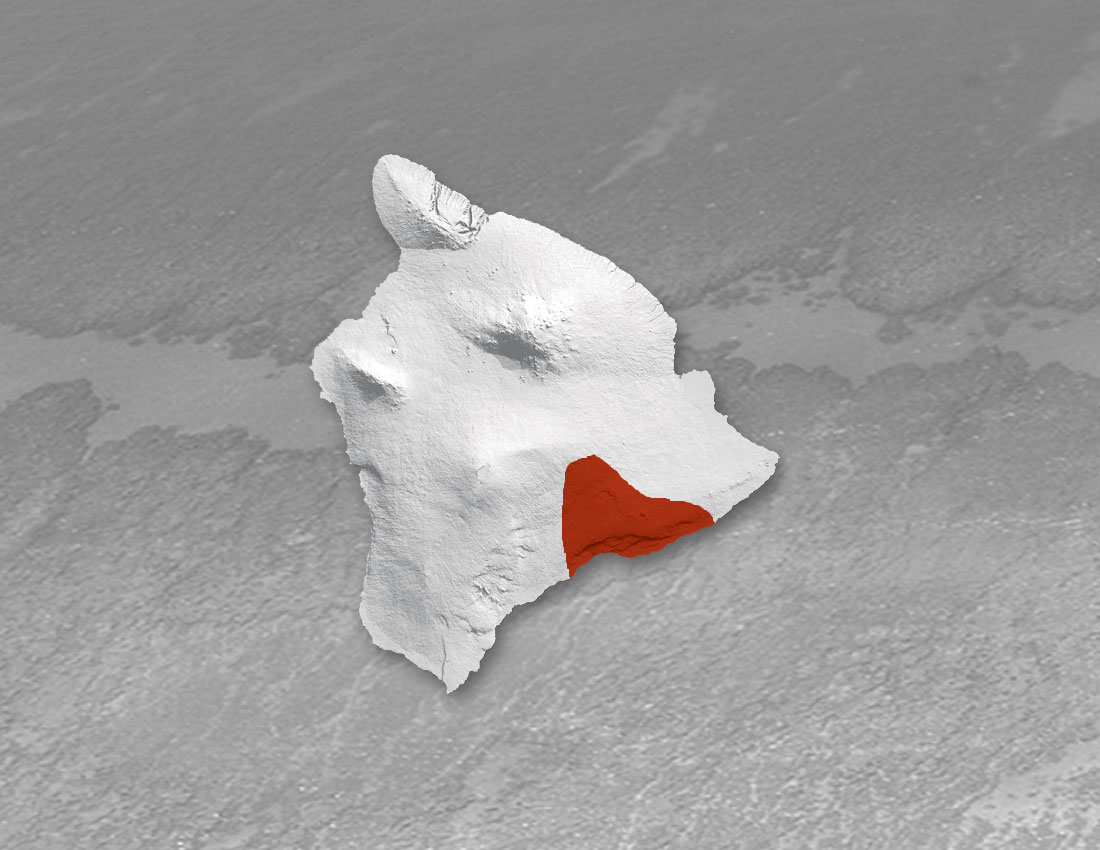
This is the region of the Big Island of Hawaii where Kilauea Volcano is erupting.
Even though all the islands are the result of volcanic activity, only Hawai‘i Island has active volcanoes. In fact, Hawai‘i Island is made up of five volcanos, only two of which are considered active—Mauna Loa and Kilauea. And really, only one—Kilauea—has been the most active in the last 50 years.
It gets even more confusing in that there are a number of places across the islands that share the same name. Kilauea being one of them. There’s a Kilauea on the island of Kaua‘i, but there’s no chance of that Kilauea experiencing a new eruption. Kaua‘i is the oldest of the main Hawaiian Islands, and is essentially considered an extinct volcano.
The extinct volcano label also fits for the island of O‘ahu. Maui’s eastern half, Haleakala, is the only other volcano that could potentially erupt again some day. But for all intents and purposes, Haleakala is a dormant (sleeping) volcano that hasn’t erupted since the 1790s (probably—the exact date has been notoriously difficult to pinpoint, but that’s a whole other story/blog).
Previous Eruptions
The current eruption at Kilauea is not out of the ordinary. The regular eruptions there are the reason it’s considered the most active volcano on the planet. Luckily, these eruptions are not especially explosive events. The blasts that occurred with infamous volcanoes such Mount St. Helens or Vesuvius in Italy were the result of volcanoes that formed differently than the one’s here in Hawaii.
So we had two volcanoes going off at the same time in late 2022, Kilauea (no surprise there) and Mauna Loa (big surprise there). At the end of November 2022, Mauna Loa began erupting for the first time in nearly 40 years. It lasted 12 days—pretty average for a Mauna Loa eruption.
Mauna Loa has been fairly active in the past. It erupted in 1984 for a little less than a month, but it had a major eruption in 1950 and several smaller events in the years prior to that, including 1949 and 1942. Before that, Mauna Loa’s 1935 eruption threatened parts of Hilo. (The United States Air Force’s 23rd Bomb Squadron was actually deployed to drop clusters of bombs near the 1935 flow in order to divert the lava away from the island’s county seat, making it the first recorded instance of bombs being used against an active lava flow. It was a momentous enough occasion that the 23rd’s patch depicts bombs dropping on an erupting volcano.)
In fact, there have been 33 eruptions on Mauna Loa since 1843, so it’s not like Mauna Loa eruptions are unheard of. However, the volcano was fairly quiet following its 1984 eruption until recently, and the 2022 eruption marked its first in nearly 40 years.
What Will it be like if I Visit?
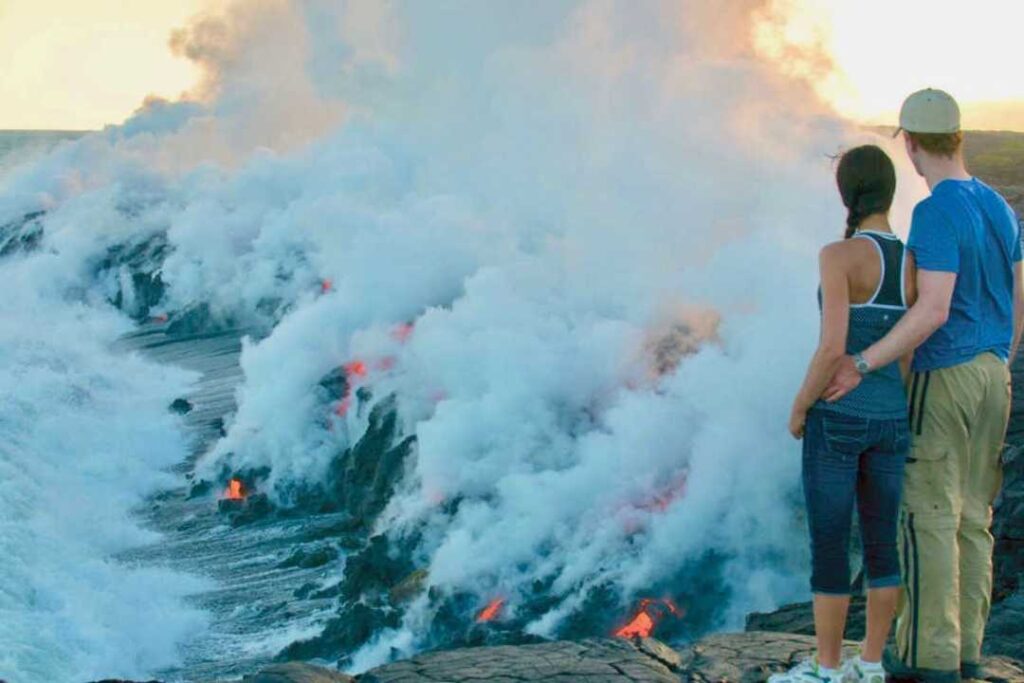
The truth is, I don’t know if you’ll get to see lava flowing during your visit. And neither does anyone else. You need to know the history of what happened to get the whole picture. Check out some of our previous blogs on the topic, or check out our guides to the Big Island, for more in depth information, history, advice and reviews. With any luck, we’ll have more eruptions that are confined to the crater over the coming weeks or months.
Land Tours
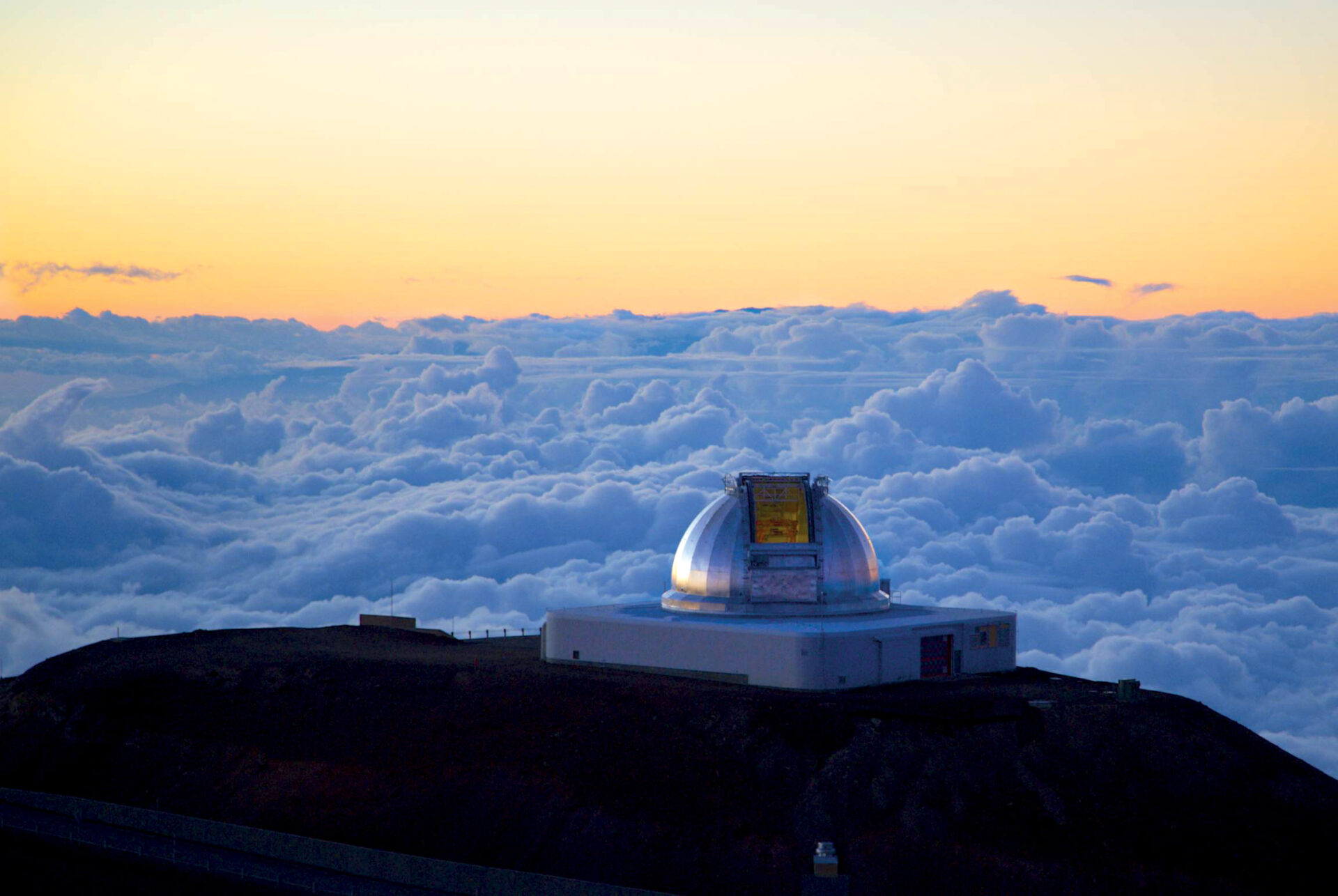
Hawaii Forest and Trail: Mauna Kea Summit and Stars
If you want a a luxurious option for stargazing on Mauna Kea without the hassle of driving, consider Hawai‘i Forest & Trail. They offer a 7.5-hour tour plus a catered dinner at a historic sheep-shearing station, a sunset visit to the summit, and stargazing with their telescope at the visitor center, complete with hot chocolate and cookies.

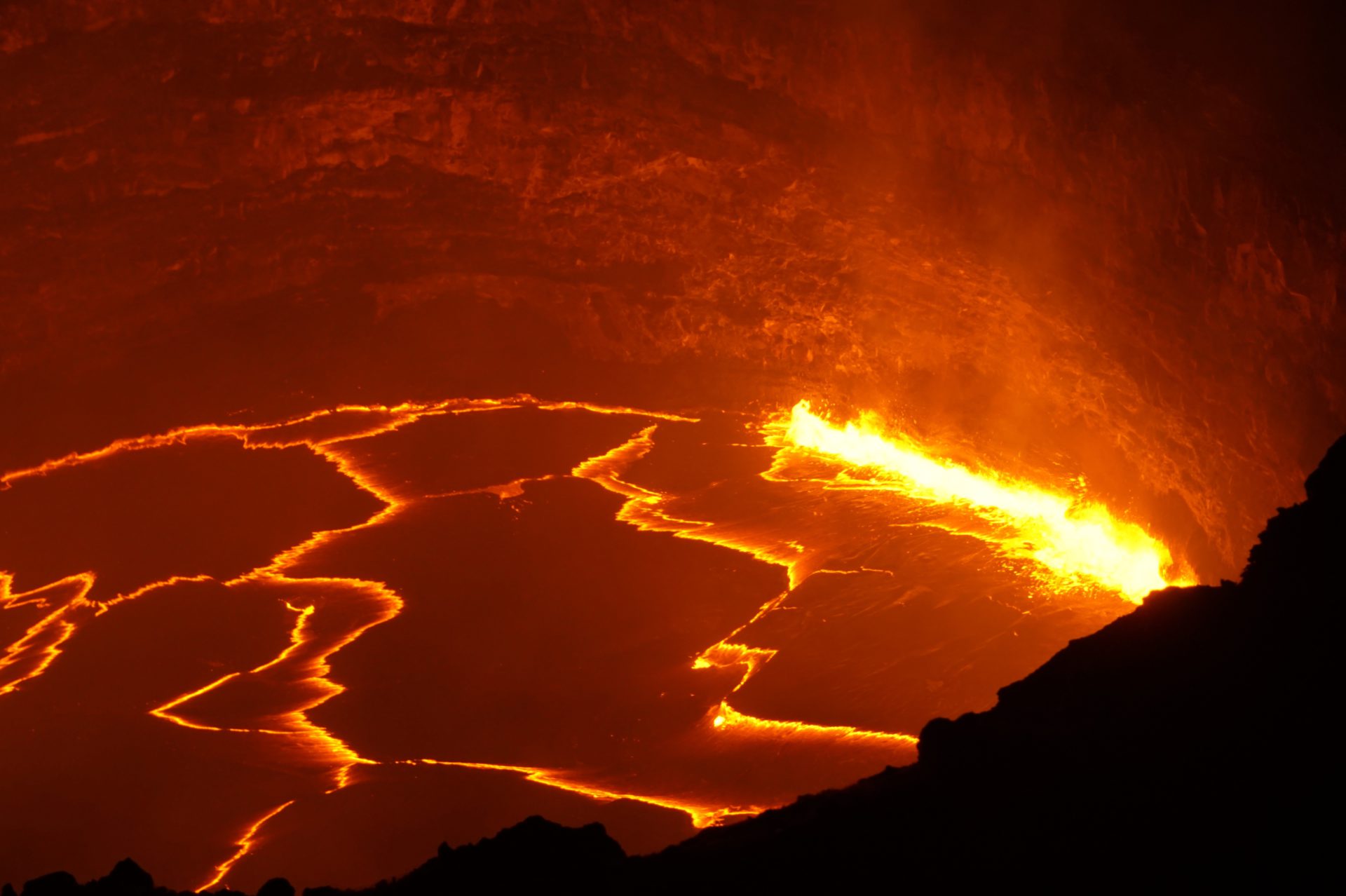
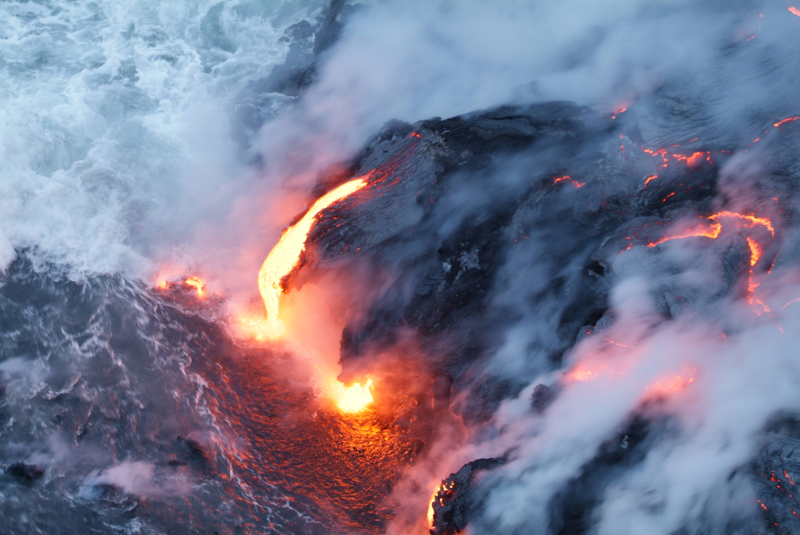
0 Comments